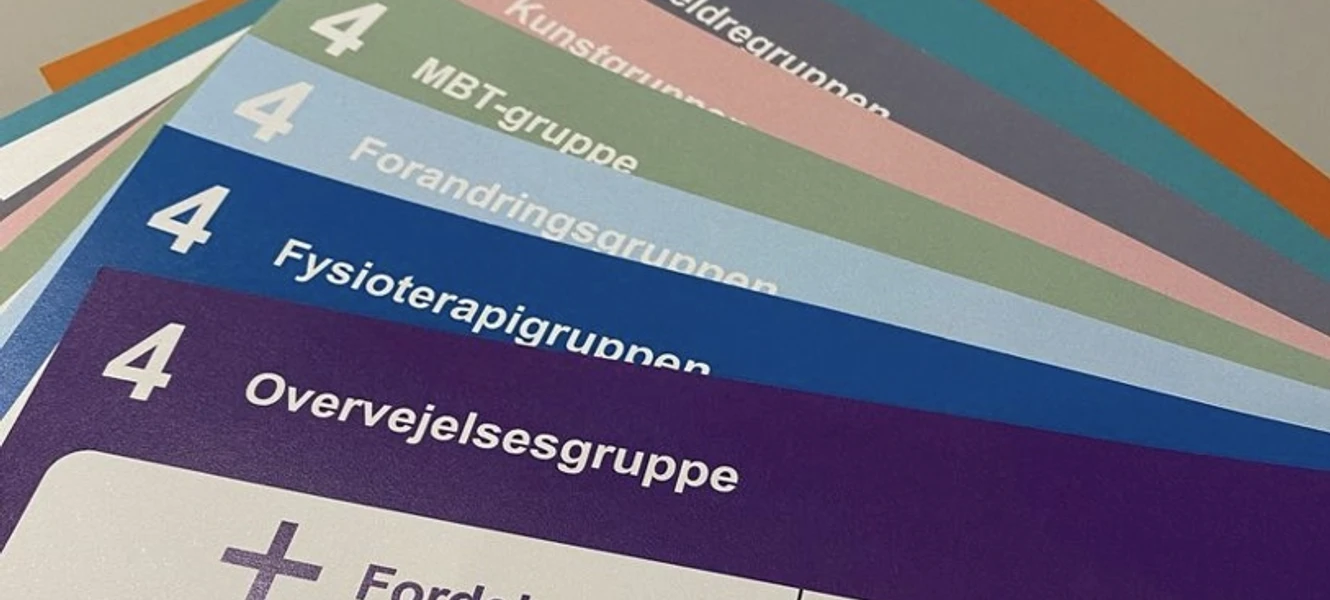
A tool for better dialogue
The Decision Aid, which has already been developed and implemented in several departments, consists of a set of cards with icons, short texts, and colours. These cards support conversations between patients, relatives, and healthcare professionals, fostering a more equal dialogue about treatment plans, patient needs, and the choices that can be made together. A new study now provides insight into the potential of the Decision Aid.
Experiences from Practice
Kolding School of Design has examined the Decision Aid in psychiatric care within the Region of Southern Denmark to understand how the tool is perceived and used in practice. The study draws on experiences from staff, former patients, and current peer workers. Here is an insight from a doctor at the Psychiatric Hospital:
- It takes a long time to develop – there is an element of cultural change involved – what does it really require? As a student in this field, you learn that you have to take responsibility – and then you have to let go of it again! That’s why it would be beneficial to introduce it very early on so that it becomes part of the basic training.
Learning and Development Opportunities
The study shows that the Decision Aid not only enhances patient influence but also contributes to a stronger culture of collaboration among staff. At the same time, it highlights several opportunities for further development. Joan Pedersen, designer and associate professor at Kolding School of Design, elaborates:
- The Decision Aid should not replace existing practices but rather complement them. A digital version could make follow-ups and usage easier, but most importantly, we must maintain the focus on the process itself – as the Decision Aid works best as part of a broader initiative for shared decision-making.
With the study’s findings in hand, efforts continue to optimise and further develop the Decision Aid so that even more patients can have a voice in their own treatment.




